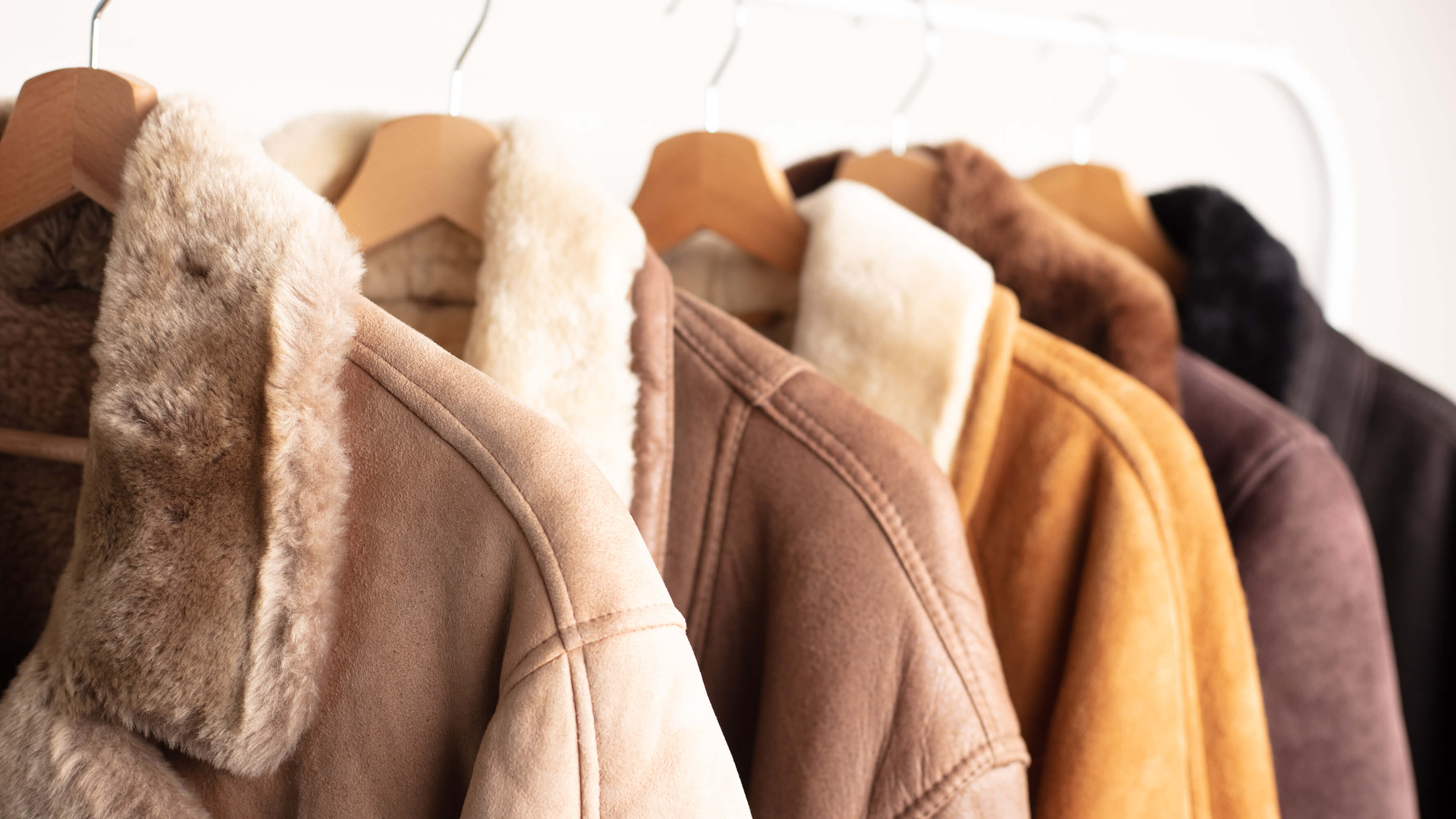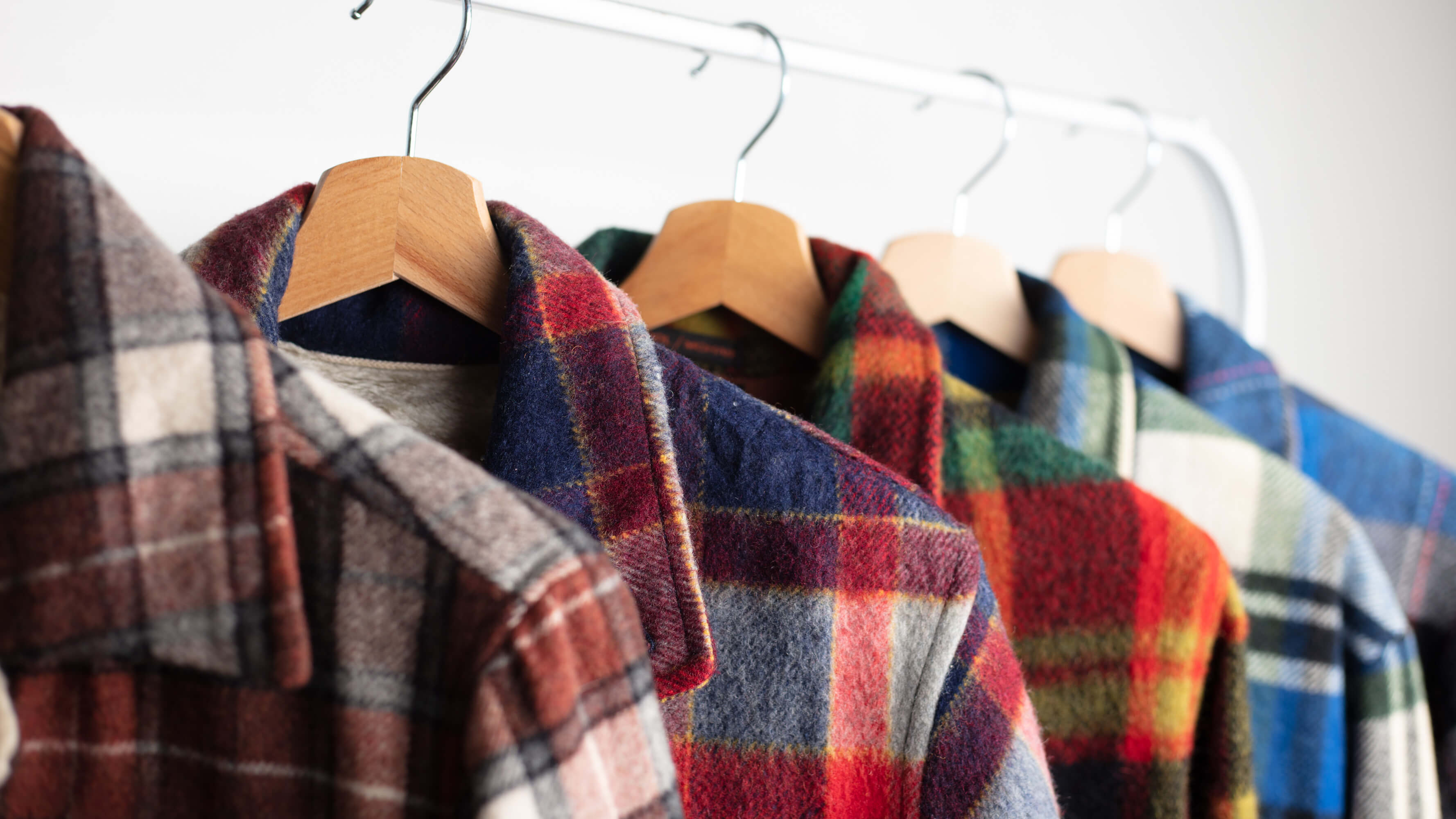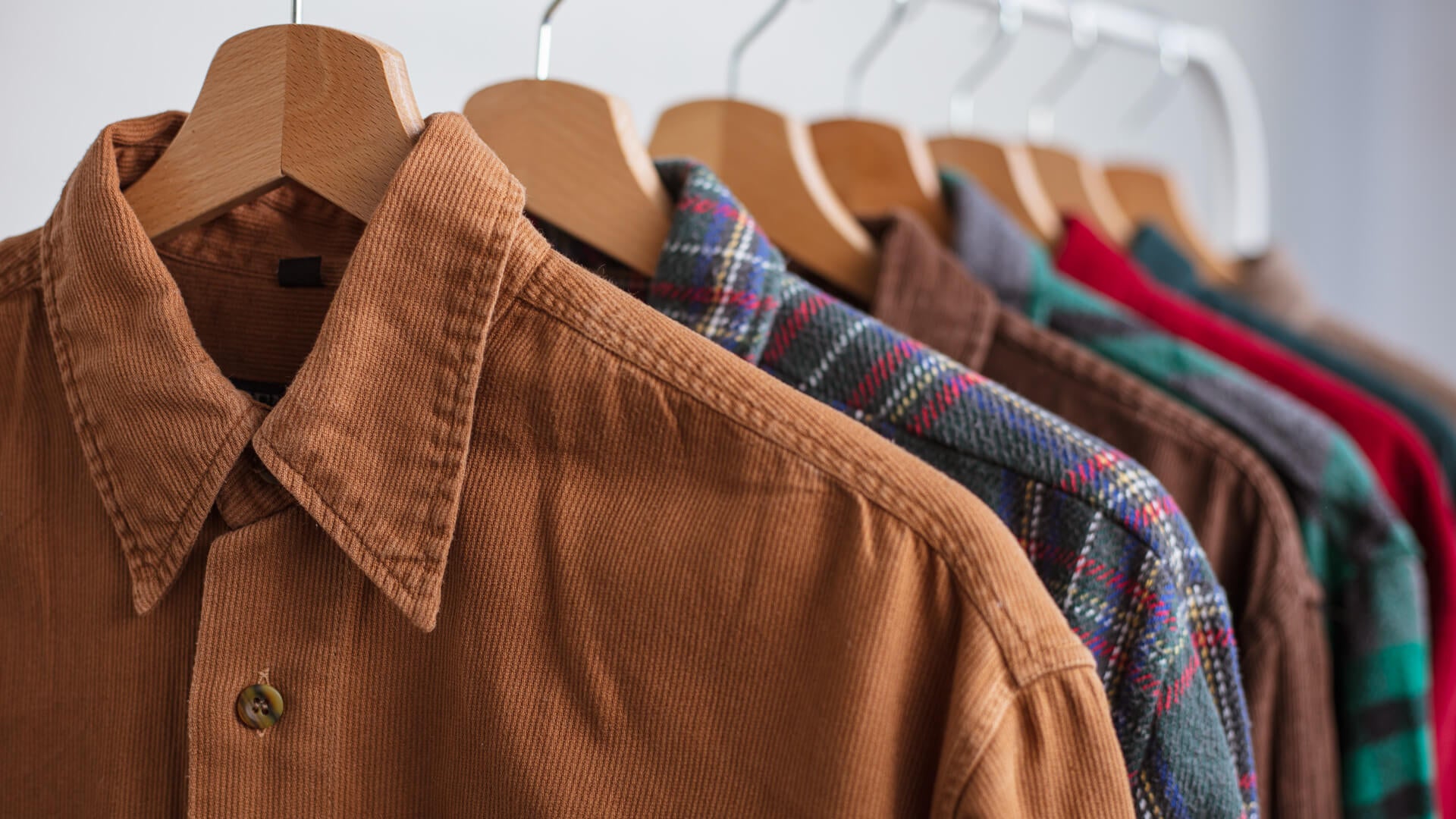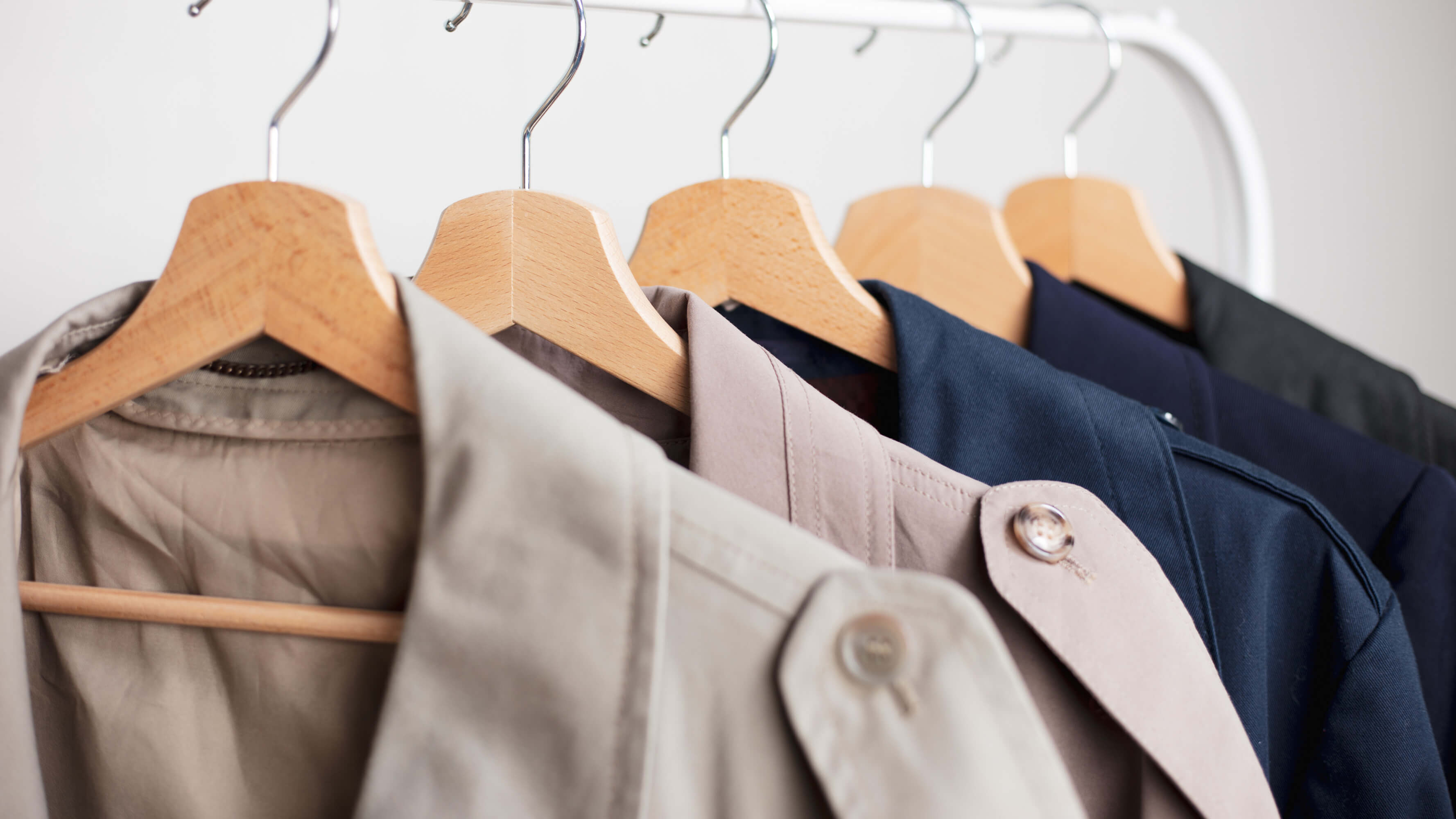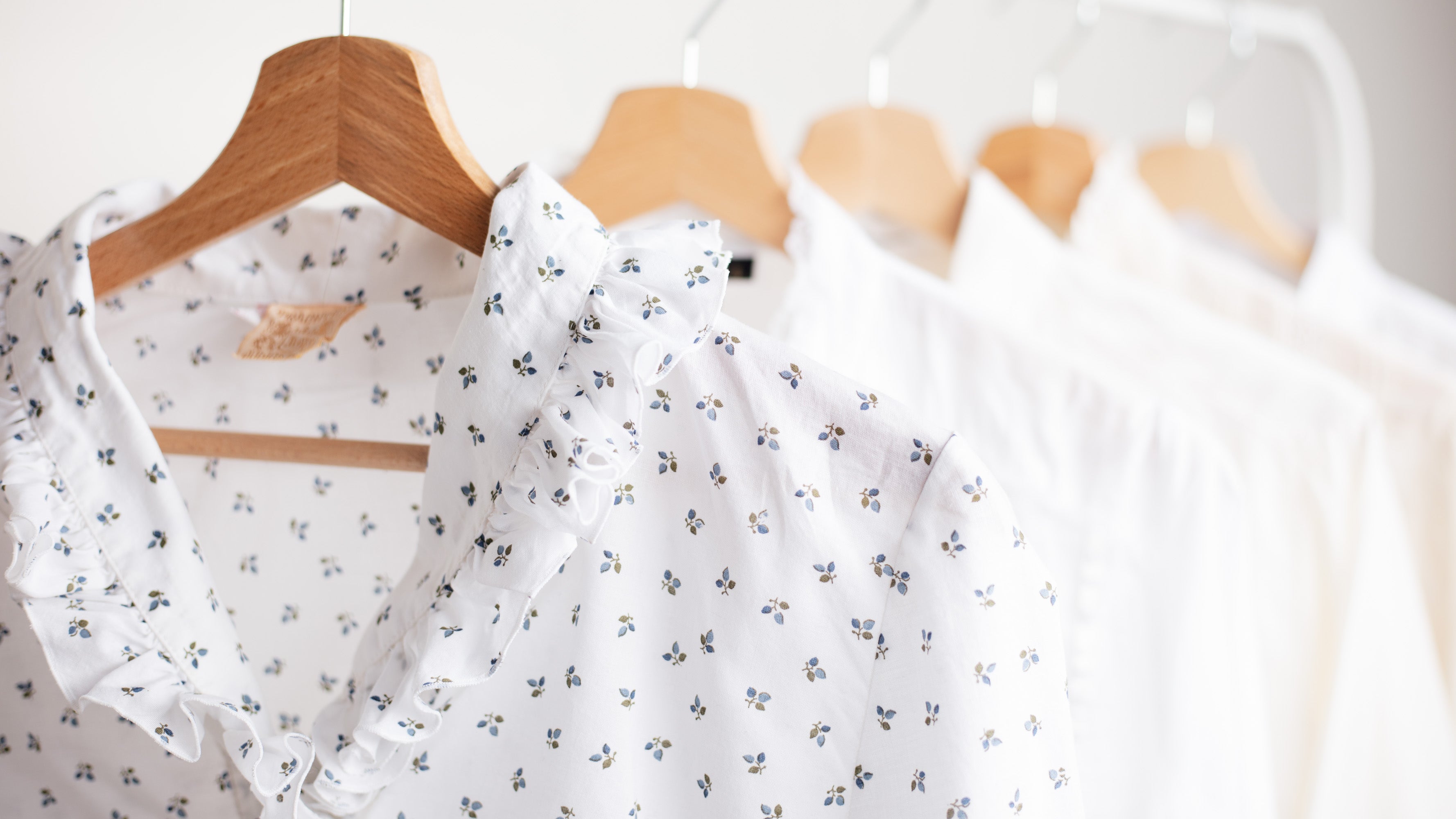Vintage Handbook
WHAT DOES "VINTAGE" MEANS?

There are some varied definitions, but it is generally accepted that “vintage” refers to pre-used or deadstock garments that are at least 20 years old. Clothing that dates back hundred or more years are considered antique.
HOW TO CLEAN VINTAGE CLOTHING?

In order to preserve the fabric, the best ways to wash your vintage garments are either by hand in lukewarm water or using the most gentle setting on your washing machine. However, keep in mind that such materials as pure nylon, pure acetate and linen are better to be hand washed in cold water. Garments like suits, coats, anything made of velvet and shrinking crepe-like materials must be dry cleaned only. Leather, suede and fur should be taken to the professional leather cleaner.
HOW CAN YOU KNOW IT'S VINTAGE?

There are many ways how to tell apart vintage clothing from a more recent garments. Lets start with the cut and form specific to a certain decade; a garment with a hourglass silhouette would indicate that it is most likely from 50s, 70s are known for the flare pants, 80s came with a love for power shoulders and 90s were obsessed with oversized fits.
2000s took over the world with small tops and low waist bell bottom pants. However, each decade are also marked by their attempts to reference another era, for example, 80s were quoting 40s with their women blazers. Another indicator that the item qualifies as vintage is a higher sewing quality, tag information (shrift and stylisation, manufacturing country – USSR, for example) and the specific cut.
HOW TO BUY VINTAGE CLOTHING?

The most convenient way is to trust experienced vintage clothing vendors who have done all the painstaking job of washing, steaming, ironing and inspecting the clothing for you. If you decide to go to search for vintage in thrift shops yourself, then it is important to check for stains since most of them will likely be permanent. Cotton clothing can be bleached, dyed with fabric colors or tie dyed to mask the imperfection.
If you are looking for something made of suede or leather, be sure to check for odors or otherwise you will have to process your garment with odor remover. Pay attention to details – buttons, seams, zippers and holes. Some things like ripped seams can be easily fixed, but others – faulty zippers, bigger holes or missing rivets are much harder to repair.
Sometimes the reason why a certain item has landed in a second hand is production defect so watch for construction flaws like imprecise seams and defective garment geometry. Finding that perfect vintage gem that you've been looking for can sometimes be quite labor intensive and in order to succeed a certain background information and experience is of utmost importance.
We at NorthernGrip are a team of dedicated second hand experts and we've been doing this for more than decade so you can trust us when it comes to sourcing the best vintage and treating it with utmost care. But we all started as thrifting enthusiasts so if you have that in you, there is great chance you can find and treat those vintage garments yourself.
HOW TO DATE VINTAGE CLOTHING?
Besides the decade-specific style and material, one of the most important indicators is a label. An attentive label analyses can help in approximating the production decade of a specific garment. For example, labels from recent two decades are made from slippery, glossy materials and are printed on, older labels are more rugged with an much older “feel” to it.
Garment care instructions started to appear on the tags in 70s and if you find such instruction sewn in the side seam, that means that it comes from 90s. Sometimes it can be tricky to tell apart clothing from 90s and 00 and modern replicas but the overall quality is the key to tell the difference.
Clothing from 90s and naughties is generally better made with higher quality materials and sturdy seams. Labels can be of help here as well – if you see that item is made somewhere is Western hemisphere, than it is most likely form 90s. One of the internet tools that can help you is vintagefashionguild.org – although it covers mostly brand names, it can become handy in dating your vintage catch.
HOW TO CHOOSE SIZE?

The rule of thumb is that vintage clothing from 70s - 80s tend to be marked as larger than we are used to wear today. We are more focused on how a certain item will look today rather than how it was made to be worn in previous decades. In measuring vintage clothing it is important to take into account the overall proportions not just separate flat measurements.
Another important aspect is a country of origin of a specific item. For example, if its made in Thailand or other Asian country, then the size will be marked as larger than the Western measuring standard thus XL can easily be M.
IS VINTAGE ALWAYS PREVIOUSLY WORN?

Mostly yes, but there are sought-after exceptions called “vintage deadstock” - those are clothing items that qualify as vintage, but for some reason has never been worn and have all the original tags still attached.




